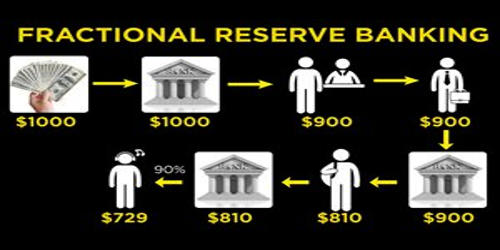A protein that prepares DNA for replication and controls replication, according to a new study by scientists at Weill Cornell Medicine, has long been a mystery in biology. The study was just released in the Molecular Cell journal.
All higher organisms, including human cells, use a complex system of checkpoints and licensing proteins to ensure correct replication of their genomes before cell division. Licensing proteins attach to particular regions of DNA to identify them as replication origins in advance of cell division. According to the present understanding, replication only “fires,” or initiates, once during the DNA synthesis phase of the cell cycle, and only occurs at these predetermined sites.
That model, however, was deficient in an important area. According to senior author Dr. Tobias Meyer, the Joseph Hinsey Professor in Cell and Developmental Biology at Weill Cornell Medicine, “the same factor that is enabling for this licensing to happen is only degraded after these replication origins have fired.” “In theory, the cell could load these licensing machines onto DNA that has already been replicated, so, instead of two copies, you’re getting three or four copies of that segment of the DNA, and these cells would be expected to lose genome integrity and die or turn cancerous,” said Dr. S. Michael Smith.
Finding a way for cells to escape that end has proven challenging. First author Nalin Ratnayeke, a graduate student who worked on this project both at Stanford University and at Weill Cornell Medicine in Dr. Meyer’s lab, explained that the events that needed to be studied needed to occur in the first minutes of the DNA synthesis phase of the cell cycle, which is a very fleeting period. In 2020, the facility relocated to Weill Cornell Medicine. Ratnayeke used computer-aided microscopy to watch thousands of growing cells simultaneously, capturing the replicating cells in the act and analyzing the activities of their licensing and replication factors to resolve this challenging experimental issue.
The research showed that CDT1, a well-known licensing factor, not only licenses a section of DNA to become a replication origin but also functions as a brake on DNA replication by inhibiting the activity of CMG helicase, a crucial replication enzyme. The cell’s enzymes must first degrade CDT1 before beginning DNA synthesis. “The mechanism that we identified here is actually the opposite… the licensing factor CDT1 itself is preventing the progression of DNA synthesis,” said Ratnayeke. “Previously proposed mechanisms for coordinating this transition from the licensing phase of the cell cycle to the firing phase of the cell cycle have depended on inhibiting licensing factors.”
The researchers worked with colleagues at the Medical Research Council in Cambridge, UK, who discovered that the inhibitory mechanism can be recapitulated in a streamlined system that replicates the entire DNA synthesis process with purified components in a test tube. This discovery helped the researchers confirm their findings. The Sandra and Edward Meyer Cancer Center member and biochemistry professor Dr. Meyer said, “That enabled us to reconstitute all the components for DNA synthesis and to show that CMG helicase is directly inhibited by CDT1.”
The findings offer a novel perspective on cell health and disease because errors in replication licensing have been shown to cause cell death or cancer. Future research to determine the precise regions of this complex that can be drug-targeted is needed, according to Ratnayeke. “This work will offer greater insight into the biophysics of how CMG helicase works,” he said.
















